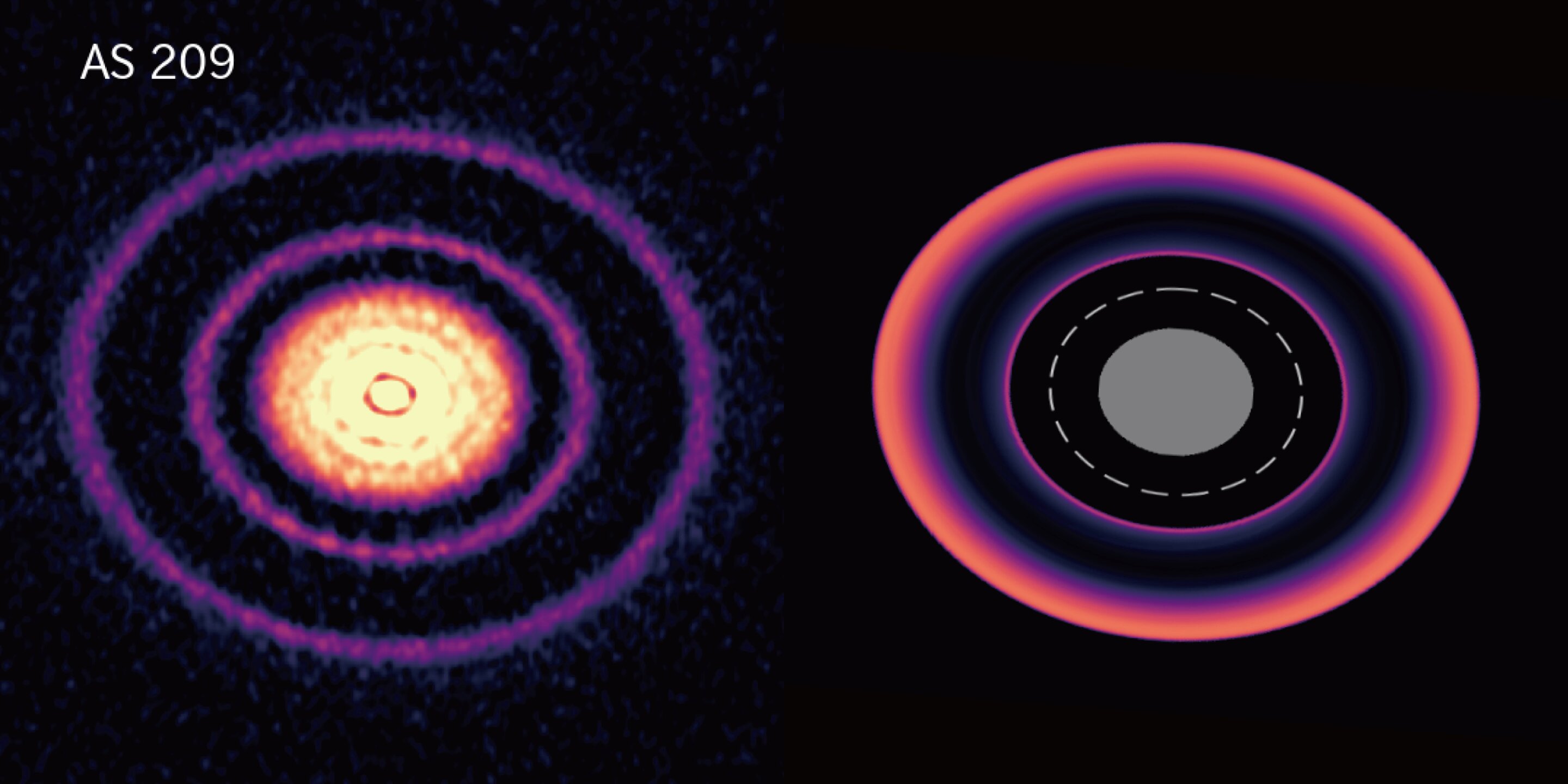Scientists serendipitously discover two heavily dust-enshrouded galaxies that formed when the Universe was only 5% of its present age. When astronomers peer deep into the night sky, they observe what the Universe looked like a long time ago. Because the speed of light is finite, studying the most distant observable galaxies allows us to glimpse billions of years into the past when the Universe was very young and galaxies had just started to form stars. Studying this “early Universe” is one of the last frontiers in astronomy and is essential for constructing accurate and consistent astrophysics models. A key goal of scientists is to identify all the galaxies in the first billion years of cosmic history and to measure the rate at which galaxies were growing by forming new stars.
Vari...
Read More











Recent Comments